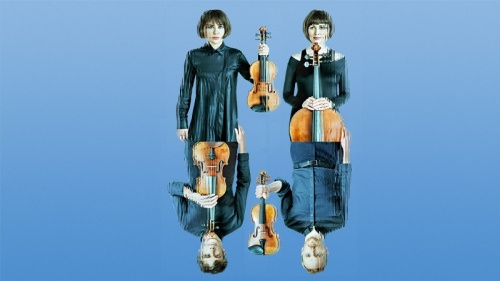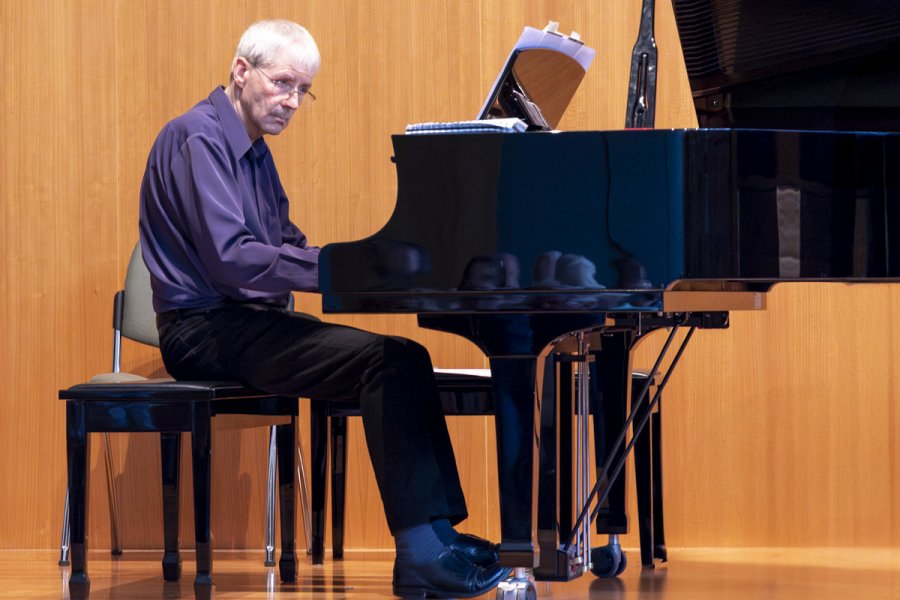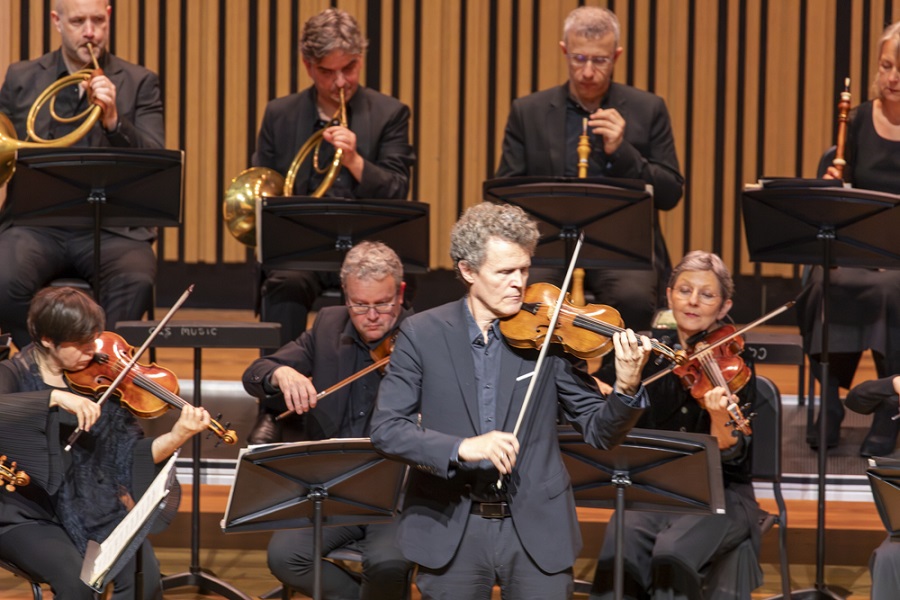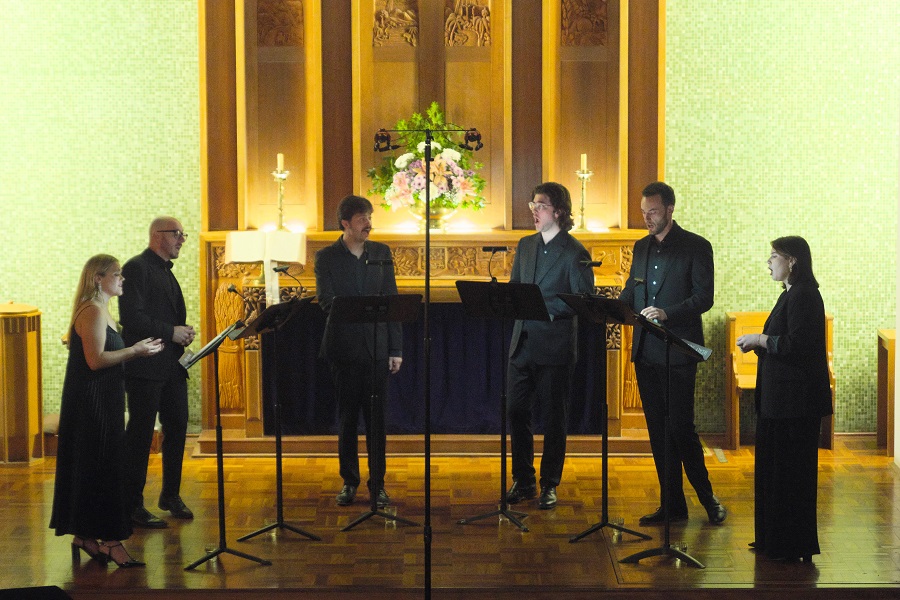
I ONCE heard a talented modern composer express dismay that new music was continually overlooked by programmers in favour of “dusty old Haydn string quartets”.
If there ever was any, the dust was well and truely blown away by the Australian String Quartet’s exhilarating and magnificent performance of Haydn’s “String Quartet Op. 33, No 3”. Subtitled “The Bird”, it imitates bird-like singing from the grace-note ornamentation throughout. The illusion is perfectly captured by first violin and leader Dale Barltrop, playing a 1784 Guadagnini from Turin.
Haydn composed the six Op. 33 string quartets in the summer and autumn of 1781 in Vienna, dedicating them to the Grand Duke Paul of Russia. They were premiered on Christmas Day, 1781, at the Viennese apartment of the Duke’s wife, the Grand Duchess Maria Feodorovna, which is no slouch as a Christmas gift.
The ASQ delivers ensemble playing of the very highest calibre. Luxuriating in every note they play, the four musicians communicate with knowing glances, smiles and a myriad of other secretive body language skills – almost telepathic – to form a seamless, thriving musical entity.
Incredible dynamics and phrasing with a lush and sonorous texture, all combined to make this opening piece a joyous celebration of music and human achievement, rich in vitality, excitement and energy.
Swiss-Dutch composer and violinist Helena Winkelman’s string quartet was completed in 2016 and ironically, is inspired by and a paraphrase of the preceding “Bird” quartet, by “dusty old Haydn”. The ASQ played the work partly as a study in sound effects and varied auditory textures, which whilst frequently disharmonious, was at the very least fascinating to hear and watch. It presents an amazing challenge for the players and is clearly great fun to play. Almost a marathon of intense physical exercise.
Revealing extraordinary clarity of sound and at times volume, the piece swept the audience through fire and fury, occasional delicacy and in the final two movements, an hilarious musical recreation of flea-ridden 18th century wigs, closing with a jazz realisation subtitled “Haydn On The Rocks”.
Principle cello from the Australian Chamber Orchestra, Timo-Veikko Valve, was special guest for the concert, replacing Sharon Grigoryan who is on parental leave. Valve introduced the final work for the program, from his Finnish homeland, Sibelius’ “Voces Intimäe” Op. 56. It is a five movement piece composed in 1909 and the only major work for string quartet of his mature years.
Latin for “Intimate Voices” or “Inner Voices”, the piece has a conversational quality. Sibelius summarised his thoughts on the work thus: “It turned out as something wonderful – the kind of thing that brings a smile to your lips at the hour of death. I will say no more.”
The ASQ played this work with deep passion and feeling. There is much to explore and derive from the intensity of the writing. The “inner voices” were stated very gently in the third Adagio movement and for those who felt inclined, the opportunity was there to explore ones own inner voices, feelings and reflections. It was a peaceful and beautiful moment.
During the fourth Allegretto movement, a rippling, cascading melody was introduced through the viola, gloriously performed by Stephen King on his 1783 Guadagnini, also from Turin. In turn this was doubled with the second violin, played beautifully by Francesca Hiew, who also plays a Guadagnini, but made in Piacenza in 1748. And finally, the theme was repeated again for cello solo by Valve, who plays an Amati from 1616.
Part of the success of the ASQ is the exquisite, rich sound and tonal beauty of the magnificent historic instruments they play. Priceless in value, they only come to life of course, with the skills of these four outstanding musicians.
The final Allegro movement was reminiscent of a Gypsy dance and served as an exhilarating conclusion to this superb concert.
Who can be trusted?
In a world of spin and confusion, there’s never been a more important time to support independent journalism in Canberra.
If you trust our work online and want to enforce the power of independent voices, I invite you to make a small contribution.
Every dollar of support is invested back into our journalism to help keep citynews.com.au strong and free.
Thank you,
Ian Meikle, editor








Leave a Reply